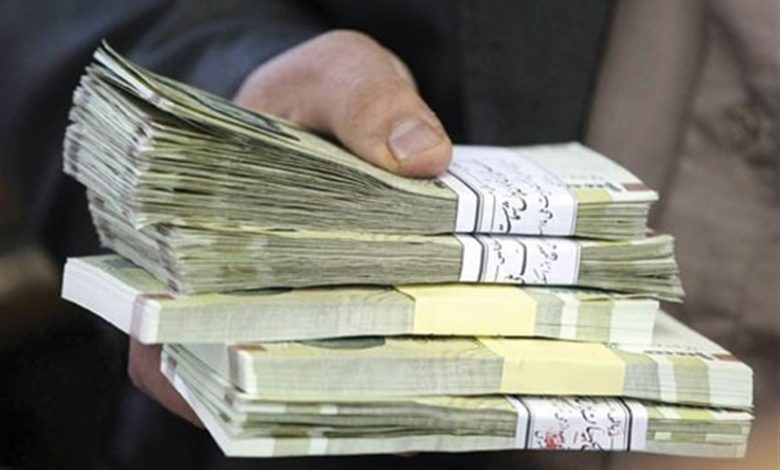Iran News
The removal of four zeros from the national currency has been approved, and the rial and qeran will become the official monetary units of the country.
The members of the Islamic Consultative Assembly (Parliament) approved, by a majority vote in today’s public session, the removal of four zeros from the national currency.








